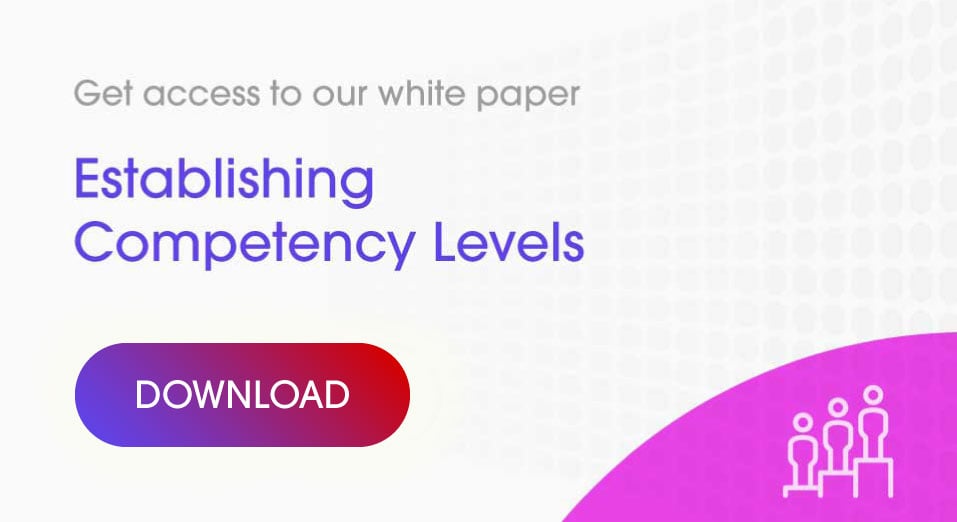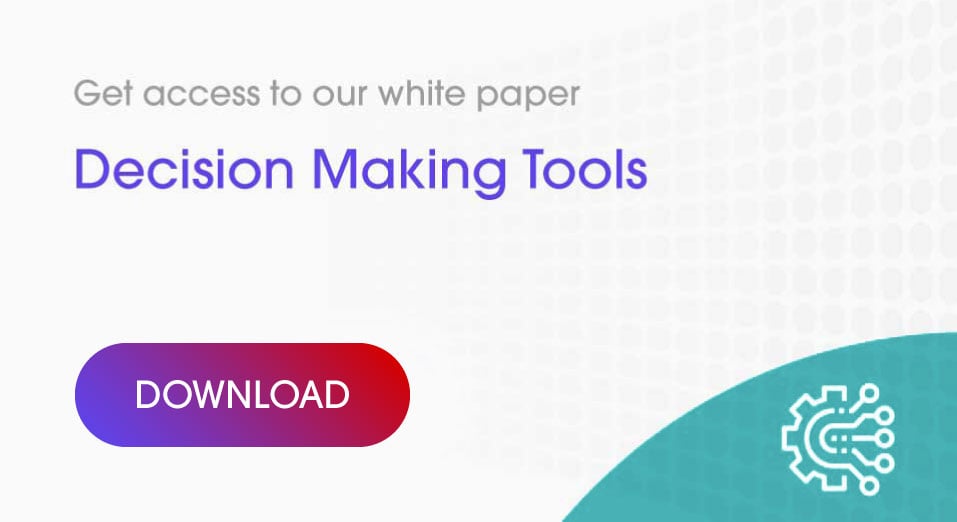Digital is completely reshaping the customer engagement. It’s also redefining sales organisations as they strive to fuel the growth by delivering an engaging experience, whenever and wherever the customer needs it, fulfilling the omnichannel promise. [Accenture 2016]
According to [Salesforce.com], ‘customers armed with smartphones are telling organisations they will not wait on hold for an hour, they will not fax through the details and they certainly won't wait until business hours to have their problem solved. If they want it solved at 3 am then that's when it must be done’.
Digital transformation is more than a way to optimise costs and process efficiencies - it is also reshaping how businesses remain relevant. HCPs and patients are connected and informed. They expect Pharma to be likewise empowered.
So, is the sales force blocking digital transformation?
There are those who believe that pharma sales representatives are either unwilling or unable to transform from traditional to multi-channel selling. CRM systems, digital sales aids, HCP portals, apps, dashboards and devices are found across the whole sales experience, all aiming to improve the customer engagement, as well as improve process efficiencies, effectiveness and ROI of the costly salesforce. But is all of the technology useful, easy to use and adding value or is it really there to monitor activities and continue to push information to reps and customers?
Representatives want to know how technology can make their job easier, deliver a superior customer experience and get the customer engaged in everything the company has to offer beyond the pill.
The user experience is critical to uplifting the salesforce with technology. We all talk about a shift away from product selling to a more holistic service provision – providing consultancy to the customer, and curating content and services. While the industry focuses on the patient and recognises that healthcare, in general, is becoming more like a consumer-driven marketplace, we must also see the representative and HCP engagement as a consumer experience. HCPs are indeed consumers of our information and services. So, what are we doing to show reps value in this digital transformation?
What do HCPs want?
Modern clients want brands that can deliver on their promises instantly. They want brands that can offer service and support whenever they might need it. They want brands that can connect with them where they are, not where the organization tells them they should be, and ones that offer a seamless experience across every channel. And, when they don't get it, 70% of consumers say that new technologies have also made it easier for them to take their business elsewhere. [Salesforce.com].
The Selling process in a digital world
The selling process is not a single event, but a continuous customer experience. It may help to think of a funnel, where HCPs enter via one of various touchpoints including a website, an email, a webinar of a f2f visit. We know that the representative may not be the introduction to the company or the products. It is also clear that HCPS are happy to do their own research online, before and after seeing a representative. This multi-channel access to information and services has evolved the role of the representative from that of a salesperson to an advisor, an orchestrator of the customer experience across content, channels and services. To be effective, reps must be empowered to focus on solving problems rather than just trying to sell the products.
Technology has challenged us to connect the internal and external functions, through cooperation, transparency and real-time sharing. It has also enabled us to get a better view of all of the interactions the organization is having with the customers, and to coordinate the customer experience across functions. Communicating this value of digital transformation to the sales force is essential to achieving digital transformation.
Digital Transformation
Here are five steps from [Salesforce.com] [summarised] on how to create a practical digital transformation strategy:
- Start big.
A complete digital transformation takes time, but by focusing on the largest, most impactful processes first, organizations can see significant improvements earlier rather than later. Less impactful processes and systems can be targeted after the fact, once the most important factors have already been optimized. - Build the right workforce.
The data and connectivity made possible through technologies are central to digital transformation. Organizations need forward thinkers if they want an effective transformation. Hiring the right people is essential - Focus everything on the customers.
Customers are the centre of every business, and they should be the centre of every business process. Organizations that are able to see the customer impact of every decision will be more likely to enjoy a transformation that leads to improved client experience. Finding and eliminating customer pain points, taking advantage of every digital channel, and building customer-centric applications that connect employees, partners, and products into client data translates into more informed processes, and happier clients overall. - Connect the digital dots.
The digital age is the age of connectivity, and in a digitally-enhanced organization, everything is connected. Seeing those connections, and perhaps more importantly, seeing where those connections are lacking, gives businesses a checklist by which to solve issues and potential issues before they become real problems. At the same time, by anticipating areas where clients will expect digitally enhanced service, businesses can provide more satisfying customer experiences. - Empower employees with data.
Customers are the centre of any business, but it’s the employees that keep things running. When the right employees have access to the right data, businesses are more efficient and productive. Technologies — particularly mobile and cloud technologies, can ensure that workforces are connected to the data they need to do their jobs well, and employee-facing applications can empower them with tools designed specifically to fill the responsibilities of their positions.
.png?width=1136&name=ACTANDO-CTA-Article-Digital%20Transformation%20(MCM).png)
Article Contributor: Melanie Brown, Managing Partner
If you are interested in our mobile learning solutions on digital channels, contact Actando.
The Actando Consulting Team













